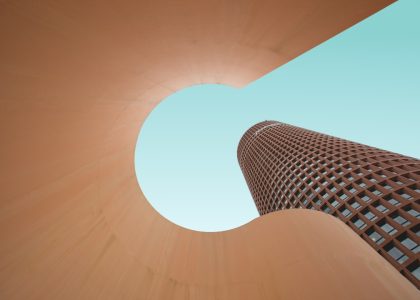Introduction:
The Victorian era, named after Queen Victoria who ruled England from 1837-1901, was a time of great progress and innovation in both technology and design. One of the many ways this was reflected was in the lighting of homes and public spaces. In this article, we will explore the elegance and beauty of Victorian lighting and how it has influenced modern-day design.
Styles of Victorian Lighting:
Victorian lighting can be divided into four main categories: gas lighting, kerosene lighting, arc lighting, and incandescent lighting. Gas lighting was the first to be introduced and was widely used throughout the Victorian era. The light was produced by burning gas, such as coal gas or town gas, which was pumped through pipes and fed into light fixtures. Kerosene lighting came next and was widely used in rural and remote areas. These lights burned a fuel made from kerosene oil, which produced a bright amber light.
Arc lighting was first used in large public spaces, such as railway stations and factories, and later in large-scale outdoor lighting projects. This type of lighting used an electrical discharge between two electrodes to produce a bright light. The most commonly known type of arc lighting is the carbon arc lamp.
The last type of lighting to be introduced during the Victorian era was incandescent lighting. This type of lighting used a filament, usually made of carbon or tungsten, which was heated until it glowed. This produced a much brighter and more efficient light than previous lighting methods.
Design Elements of Victorian Lighting:
Victorian lighting design was heavily influenced by the Victorian aesthetic, which emphasized ornate and elaborate designs. Lighting fixtures were often made from brass or bronze and featured intricate designs such as floral patterns or scrolling.
The use of colored glass was also popular in Victorian lighting design. Stained glass was often used in light fixtures, and lampshades were made from colorful glass panels or silk in rich, saturated colors.
Another key element of Victorian lighting design was the use of multiple light sources. Chandeliers with multiple arms were popular in large rooms, while table and floor lamps often had multiple bulbs to provide more directed light.
Influence of Victorian Lighting on Modern Design:
Despite being over a century old, Victorian lighting design still heavily influences modern lighting design. The use of multiple light sources, ornate designs, and colored glass can be seen in many modern light fixtures.
One example of this influence can be seen in the popularity of vintage-inspired lighting. Many modern light fixtures mimic the ornate designs and use of multiple light sources seen in Victorian lighting, but with updated materials and finishes.
Another way Victorian lighting has influenced modern design is through the use of colored glass. Many modern light fixtures use colored glass, either in the shade or the bulb itself, to add a pop of color and interest to a space.
Conclusion:
Victorian lighting was a reflection of the era’s technological and artistic advancements. The styles and designs of Victorian lighting have influenced modern design trends in many ways, from the use of multiple light sources to the ornate designs and focus on colored glass. By understanding the history and aesthetics of Victorian lighting, we can better appreciate the beauty and elegance of this iconic style.

